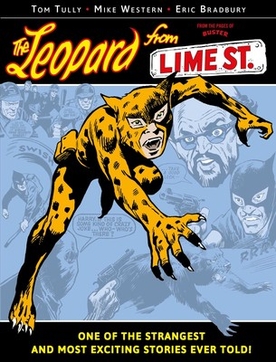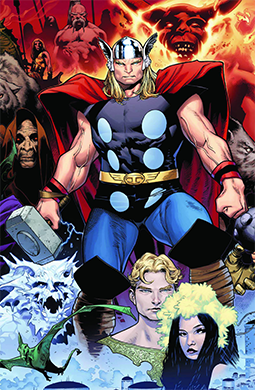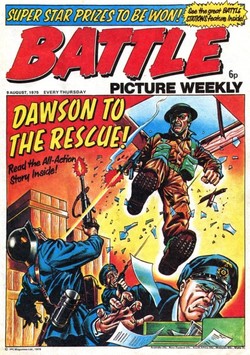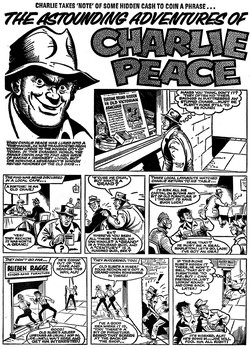In Nordic mythology, Asgard is a location associated with the gods. It appears in a multitude of Old Norse sagas and mythological texts. It is described as the fortified home of the Æsir gods, often associated with gold imagery. Many of the best-known Nordic gods are Æsir or live in Asgard such as Odin, Thor, Loki, and Baldr.

In Norse mythology, Brísingamen is the torc or necklace of the goddess Freyja. The name is an Old Norse compound brísinga-men whose second element is men "(ornamental) neck-ring, torc". The etymology of the first element is uncertain. It has been derived from Old Norse brísingr, a poetic term for "fire" or "amber" mentioned in the anonymous versified word-lists (þulur) appended to many manuscripts of the Prose Edda, making Brísingamen "gleaming torc", "sunny torc", or the like. However, Brísingr can also be an ethnonym, in which case Brísinga men is "torque of the Brísings"; the Old English parallel in Beowulf supports this derivation, though who the Brísings may have been remains unknown.

Loki is a god in Norse mythology. Loki is the son of Fárbauti and Laufey, and the brother of Helblindi and Býleistr. Loki is married to Sigyn and they have two sons, Narfi or Nari and Váli. By the jötunn Angrboða, Loki is the father of Hel, the wolf Fenrir, and the world serpent Jörmungandr. In the form of a mare, Loki was impregnated by the stallion Svaðilfari and gave birth to the eight-legged horse Sleipnir.
In Norse mythology, Móði and Magni are the sons of Thor. Their names translate to "Wrath" and "Mighty," respectively. Rudolf Simek states that, along with Thor's daughter Þrúðr ("Strength"), they embody their father's features.
Thor, the god of Norse mythology, has appeared as a character in various comics over the years, appearing in series from a range of publishers.

Thor is a prominent god in Germanic paganism. In Norse mythology, he is a hammer-wielding god associated with lightning, thunder, storms, sacred groves and trees, strength, the protection of humankind, hallowing, and fertility. Besides Old Norse Þórr, the deity occurs in Old English as Þunor ("Thunor"), in Old Frisian as Thuner, in Old Saxon as Thunar, and in Old High German as Donar, all ultimately stemming from the Proto-Germanic theonym *Þun(a)raz, meaning 'Thunder'.

In the Ultimate Marvel universe, Thorlief "Thor" Golmen is a fictional superhero based on the Marvel Universe version of Thor, who is the Asgardian God of Thunder and a founding member of the Ultimates. Also known as "Ultimate Thor", Golmen is an anarchist who discovers he is the reincarnated form of the Norse warrior god Thor. The "Ultimate" redesign of the character reduces the number of Thor's powers, and reduces the character's reliance upon his hammer. Perhaps most significantly, the Thunder God's long-established personality is drastically altered, changing him from an eager and willing divine combatant into an ecocentric, arguably unstable, and reluctant warrior.
The Norse mythology, preserved ancient Icelandic texts such as the Poetic Edda, the Prose Edda, and other lays and sagas, was little known outside Scandinavia until the 19th century. With the widespread publication of Norse myths and legends at this time, references to the Norse gods and heroes spread into European literary culture, especially in Scandinavia, Germany, and Britain. In the later 20th century, references to Norse mythology became common in science fiction and fantasy literature, role-playing games, and eventually other cultural products such as Japanese animation. Storytelling was an important aspect of Norse mythology and centuries later, with the rediscovery of the myth, Norse mythology once again relies on the impacts of storytelling to spread its agenda.

Hogun the Grim is a fictional character appearing in American comic books published by Marvel Comics. He is a charter member of the Warriors Three, a trio of Asgardian adventurers and supporting cast of Thor in the Marvel Universe.

The Comet was a weekly British comics periodical published by J.B. Allen and later Amalgamated Press and Fleetway Publications from 20 September 1946 to 17 October 1959. Initially a children's newspaper, The Comet was transformed into a boys' adventure comic in May 1949 by editor Edward Holmes when J.B. Allen were purchased by Amalgamated Press. Also known as Comet Comic, The Comet Adventure Weekly, Comet Weekly and simply Comet as various points the title continued until October 1959, reaching 580 issues before being merged with another AP boys' comic, Tiger.

Ymir is a character appearing in American comic books published by Marvel Comics. Created by Stan Lee and Jack Kirby, the character first appeared in Journey into Mystery #97. Ymir is based on the frost giant of the same name from Norse mythology. Ymir is a recurring antagonist of the superhero Thor.

Surtur is a fictional character appearing in American comic books published by Marvel Comics, commonly as an enemy of Thor. Based on the fire giant Surtr from Norse mythology, he was adapted by writer Stan Lee and artist Jack Kirby, and first appeared in Journey into Mystery #97. The character was once described as one of "The Ten Most Heinous Enemies of the Mighty Thor".

Frigga is a fictional character appearing in American comic books published by Marvel Comics. The character appears in particular in those featuring the superhero Thor, who is Frigga's son. Based on both Frigg and Freyja of Norse mythology, she was created by writers Stan Lee and Robert Bernstein and artist Joe Sinnott, and first appeared in Journey into Mystery #92.

The Incredible Hulk Returns is a 1988 American television superhero film based on the Marvel Comics character the Hulk and serves as a continuation of the 1978–1982 television series The Incredible Hulk.

The Leopard from Lime Street was a comic strip appearing in the British comic Buster from 1976 to 1985. Written by Tom Tully, it was drawn in a 'realistic' comic style by Mike Western and Eric Bradbury, much like Marvel Comics's Spider-Man comic, in direct contrast to the stylized cartoony style of the rest of Buster.

Thor Odinson is a superhero appearing in American comic books published by Marvel Comics. Created by artist Jack Kirby, writer Stan Lee, and scripter Larry Lieber, the character first appeared in Journey into Mystery #83 (1962) and first received his own title with Thor #126 (1966). Thor is an adaptation of the deity of the same name from Norse mythology, and many aspects of Thor's character are based on Norse myth. Comic books featuring Thor have been published across several volumes since the character's introduction.

Laufey is a supervillain appearing in American comic books published by Marvel Comics. The character is depicted usually as an enemy of the Asgardian king Odin, father of Thor. He is the King of the Frost Giants, the biological father of Thor's adopted brother and archenemy, Loki. Created by writer Stan Lee and artist Jack Kirby, he first appeared in Journey into Mystery #112, and was based on the goddess of the same name who in Norse mythology was actually the mother of Loki.

Arthur Geoffrey Campion was a British comics artist who drew adventure strips for Amalgamated Press/IPC.

Norse Mythology is a 2017 book by Neil Gaiman, which retells several stories from Norse mythology. In the introduction, Gaiman describes where his fondness for the source material comes from. The book received positive reviews from critics.

"The Astounding Adventures of Charlie Peace" is a British comic strip published in the weekly anthology Buster from 27 June 1964 to 15 June 1971, published by Fleetway Publications and later IPC Magazines. It was previewed by a single instalment in Valiant on 20 June 1964. The strip featured fictionalised adventures of the real-life Victorian era criminal Charles Peace.

















